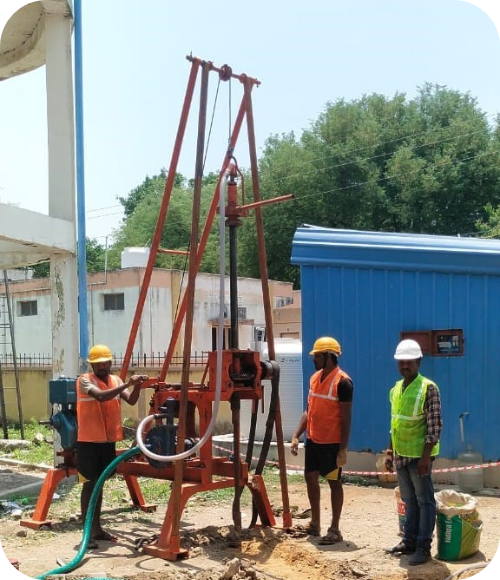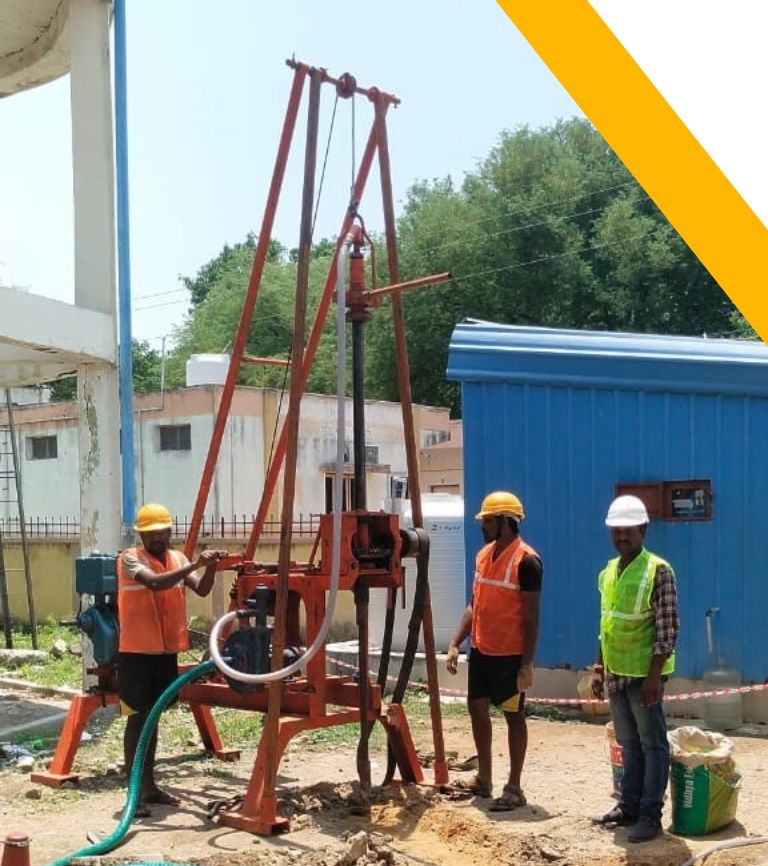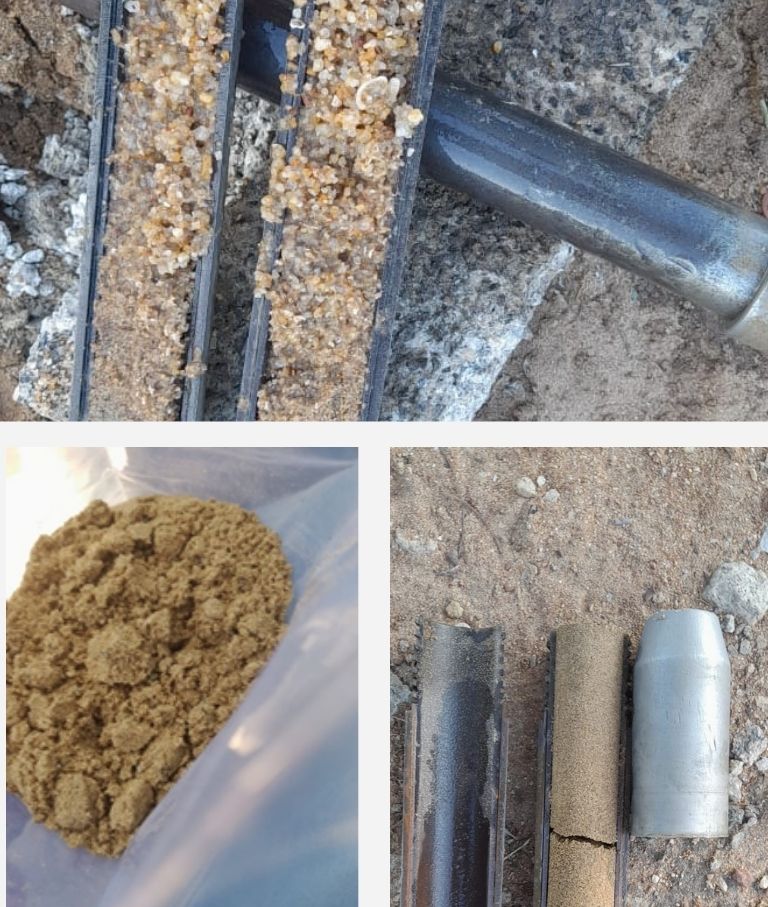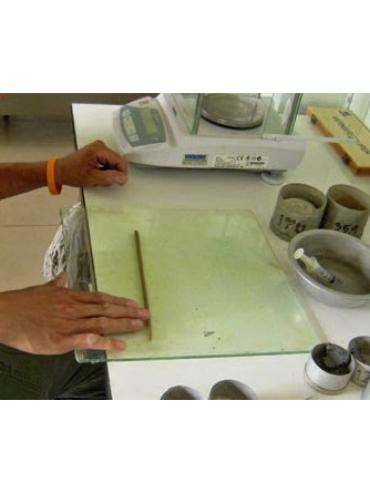
Leading Construction Material Testing Agency
 Why Standard Penetration Tests?
Why Standard Penetration Tests?
Standard Penetration Testing is useful where NDT is inconsistent
Standard Penetration Testing (SPT) is a widely used procedure in construction testing to assess the subsurface soil conditions and determine the engineering properties of the soil layers.
- Setup for SPT
- Collection of Samples
- Lab Testing of Samples
It is specially used for cohesionless soils. It is used to determine the relative density and the angle of shearing resistance of cohesionless soils.
Testing through penetration
in structures

Setup for SPT
Setup for standard penetration test is the most crucial part, based on this correct setup, we are able to measure the soil resistance during drilling to assess subsurface conditions and inform engineering decisions for construction and foundation design.
Benefits of SPT testing:
- Subsurface Characterization
- Engineering Design
- Site Investigation Efficiency
Have any upcoming projects?

Lab Testing of Samples
Laboratory testing of soil samples involves a detailed analysis to determine properties such as moisture content, grain size distribution, and strength. These tests provide essential data for geotechnical engineering, aiding in foundation design, construction planning, and ensuring the integrity and safety of structures built on or in the soil.
Procedures of Lab Testing of Soil Samples in SPT:
- Sample Preparation
- Geotechnical Analysis
- Data Interpretation









 Testimonials
Testimonials








